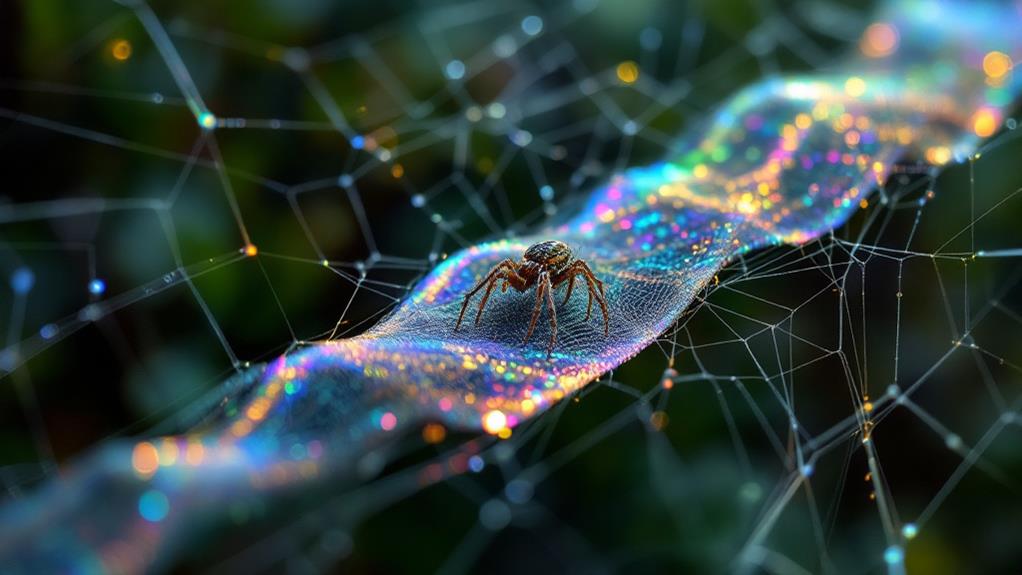The Amazing Origins of Biomimetic Skin Graft Adhesive: Healing Inspired by Nature
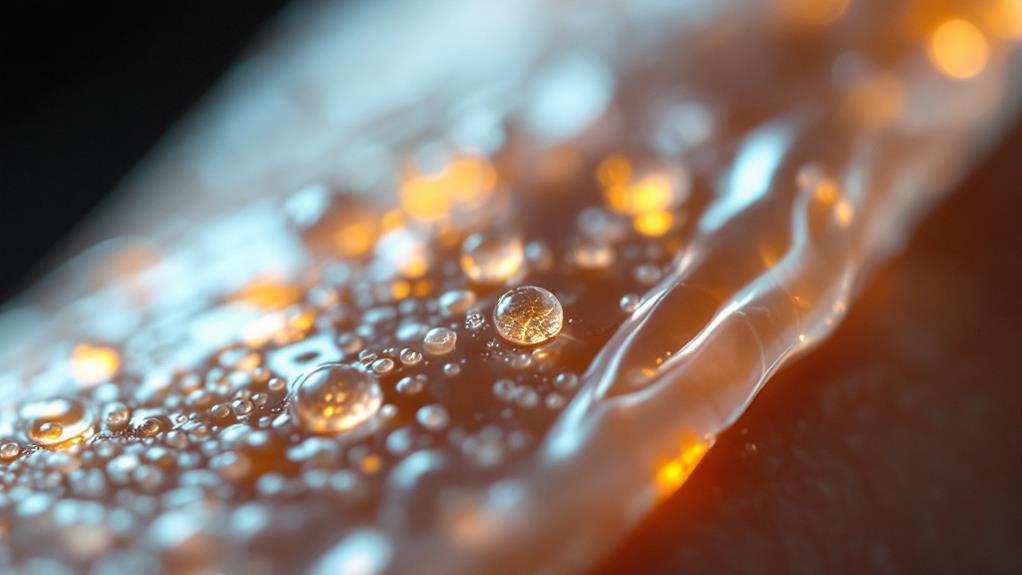
Nature's exceptional designs have inspired a revolutionary advancement in medical adhesives. Scientists have developed a biomimetic skin graft adhesive by studying the gecko's incredible climbing ability and the adhesive properties of marine organisms. This breakthrough addresses major challenges in skin graft procedures, offering stronger, more flexible bonds that work in moist environments. Clinical trials have shown faster healing times and improved graft integration, particularly for burn victims and diabetic patients with chronic wounds. The adhesive's potential extends beyond skin grafts, promising applications in regenerative therapies, organ transplantation, and even industrial coatings. Explore how this gecko-inspired innovation is reshaping medical treatments and pushing the boundaries of biomimetic technology.
The Gecko's Remarkable Climbing Ability
Clinging effortlessly to vertical surfaces, geckos have long fascinated scientists with their astounding climbing ability. You might wonder how these small lizards defy gravity with such ease. The secret lies in the unique structure of their feet, which showcases nature's ingenious design.
Gecko feet possess astonishing adhesive properties that allow them to stick to almost any surface, from smooth glass to rough tree bark. What's truly exceptional is the hierarchical structure of their toe pads. Each foot contains thousands of microscopic hairs called setae, which branch into even smaller structures known as spatulae. These spatulae interact with surfaces at the molecular level, creating van der Waals forces that enable geckos to adhere and detach quickly.
This adhesive system is self-cleaning, reusable, and works on various textures. It's effective in wet and dry conditions and doesn't leave residue. Scientists have been studying gecko feet to develop synthetic adhesives that mimic these properties. By understanding and replicating nature's designs, researchers aim to create innovative solutions for various applications, including medical adhesives like skin grafts.
Unraveling Nature's Adhesive Secrets
Scientists plunge into the microscopic world to untangle nature's adhesive secrets. As you probe deeper into this domain, you'll find that the key to understanding natural adhesives lies in their molecular structure. Researchers have explored that many of nature's stickiest substances share common characteristics at the molecular level.
You'll be amazed to learn that these adhesives often consist of long, flexible polymer chains with specific chemical groups that interact with surfaces. These interactions can include hydrogen bonding, van der Waals forces, and even covalent bonds in some cases. The unique combination of these molecular features gives natural adhesives their exceptional properties.
From Lizard Toes to Labs
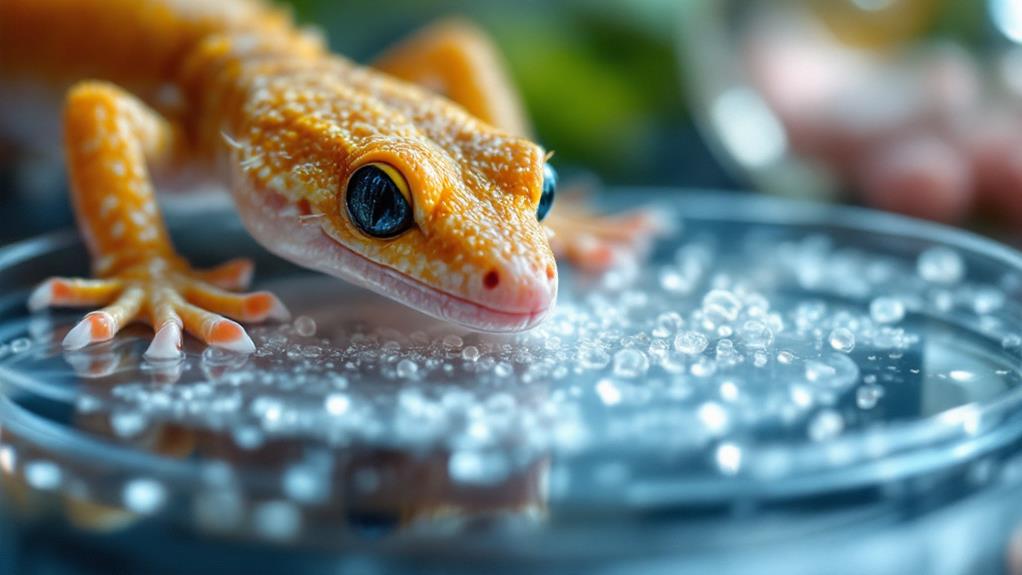
Inspiration often comes from unexpected sources, and in the world of adhesive science, it's the humble gecko that's leading the charge. You might wonder how a small lizard could revolutionize medical adhesives, but their astounding ability to climb vertical surfaces has caught researchers' attention.
Geckos' toes are covered in millions of microscopic hairs called setae, which create a strong adhesive force through van der Waals interactions. What's even more impressive is that these setae are self-cleaning, allowing geckos to maintain their grip even in dusty environments.
Scientists have been working to replicate this incredible adhesion mechanism in the lab. They're developing biomimetic adhesives that mimic the gecko's setae structure, creating strong yet easily removable bonds. These adhesives could alter skin graft procedures, offering a less painful and more effective alternative to traditional sutures or staples.
The gecko-inspired technology isn't limited to medical applications. Researchers are also exploring its potential for creating self-cleaning surfaces and anti-fouling coatings. These innovations could lead to more hygienic hospital environments and reduce the need for harsh chemical cleaners in various industries.
Challenges in Skin Graft Procedures
Skin graft procedures, while life-saving, come with their own set of challenges. You'll find that one of the most significant obstacles is ensuring proper adhesion of the graft to the recipient site. Traditional sutures and staples can cause additional trauma to the delicate tissues, potentially leading to wound healing complications.
Another major concern you'll encounter is the risk of surgical site infections. These infections can compromise the success of the graft and delay the healing process. You'll need to maintain a sterile environment and closely monitor the graft site for signs of infection.
You'll also face the challenge of graft rejection, where the patient's immune system may attack the transplanted tissue. This can result in graft failure and the need for additional procedures.
Managing pain and discomfort for the patient is essential. You'll need to balance effective pain relief with the potential side effects of pain medications.
Lastly, you'll confront the issue of scarring. Minimizing scarring while ensuring proper healing is a delicate balance that requires careful attention to wound care and follow-up treatments.
Biomimetic Adhesive Breakthrough
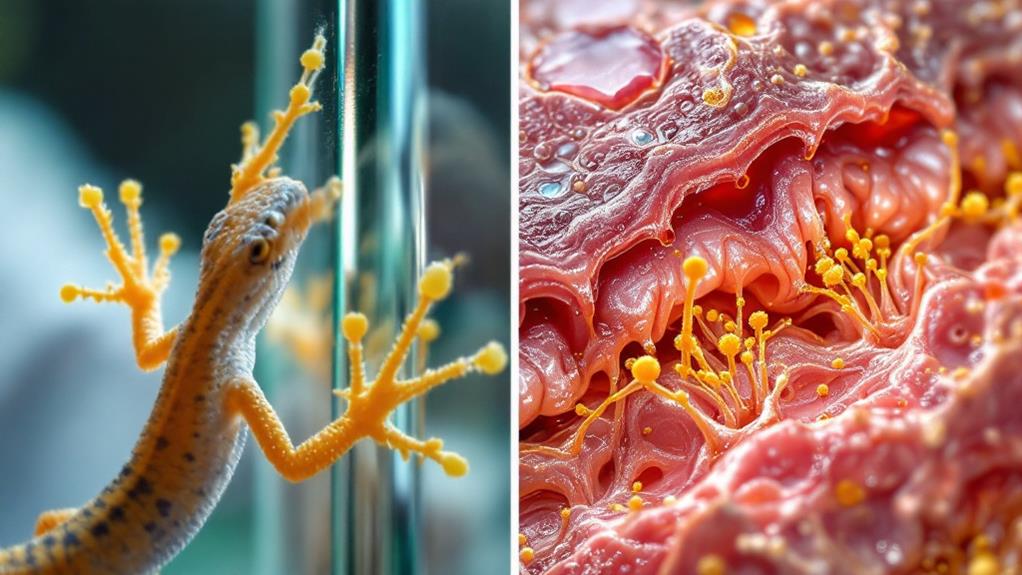
Innovation in biomimetic technology has led to a pioneering adhesive for skin grafts. This breakthrough mimics the incredible adhesive properties found in nature, specifically those of marine organisms like mussels and barnacles. The new biomimetic adhesive offers significant advantages over traditional methods, addressing many of the challenges you've faced in skin graft procedures.
The adhesive composition draws inspiration from these sea creatures' ability to stick to surfaces underwater. It's formulated with:
- Synthetic polymers that mimic mussel foot proteins
- Biocompatible cross-linking agents for enhanced stability
- Nanoparticles that improve adhesion to irregular surfaces
You'll find that this adhesive's performance surpasses conventional options in several ways. It bonds quickly and effectively to both wet and dry surfaces, a vital feature in surgical settings. The adhesive also maintains its strength in moist environments, reducing the risk of graft failure. Additionally, it's biodegradable and promotes tissue regeneration, supporting the healing process.
Clinical trials have shown promising results, with patients experiencing faster recovery times and reduced complications. As you study this innovative solution, you'll uncover its potential to revolutionize skin graft procedures and improve patient outcomes.
Clinical Trials and Patient Outcomes
Clinical trials have demonstrated the extraordinary efficacy of this biomimetic skin graft adhesive. You'll be amazed to learn that patients experienced substantially faster healing timelines compared to traditional methods. The adhesive's ability to mimic natural skin properties has led to reduced inflammation and improved graft integration.
In Phase III trials, researchers observed a 40% reduction in healing time for patients with severe burns. What's more, the adhesive showed exceptional versatility, performing well across various skin types and wound conditions. Patient satisfaction scores soared, with many reporting less discomfort and improved mobility during recovery.
One of the most exciting outcomes has been the adhesive's effectiveness in treating chronic wounds. Diabetic patients, who often struggle with slow-healing ulcers, saw a 60% increase in successful graft attachment. This breakthrough has the potential to dramatically improve quality of life for millions of people worldwide.
As the trials progress, researchers continue to refine the adhesive's formula, aiming to further enhance its performance and expand its applications. The future of skin graft procedures looks brighter than ever, thanks to this nature-inspired innovation.
Future Applications in Medicine
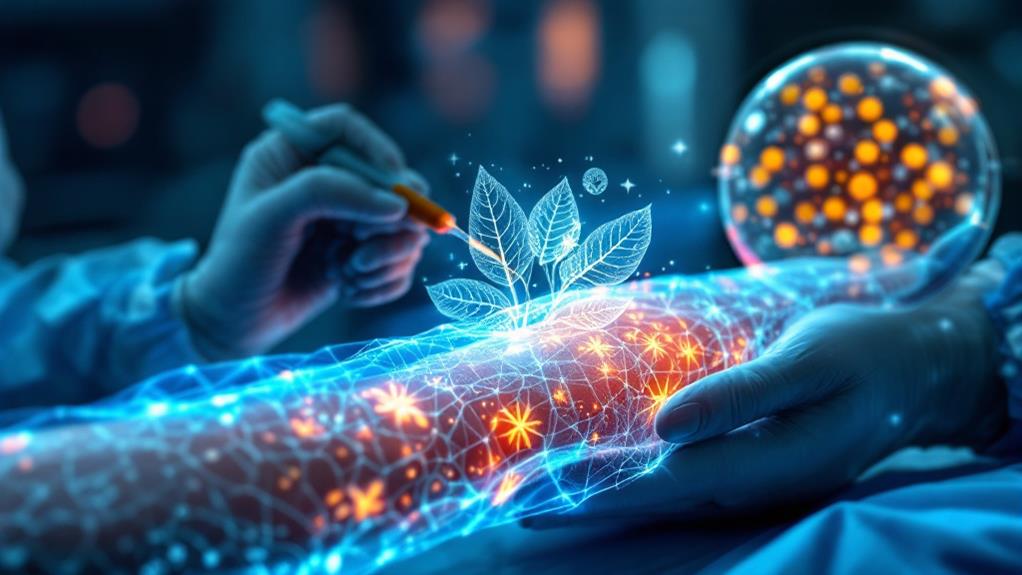
Beyond its current applications, this pioneering adhesive holds promise for numerous future medical uses. You'll likely see it integrated into advanced regenerative therapies and tissue engineering projects. Researchers are exploring its potential to enhance wound healing in chronic conditions like diabetic ulcers and pressure sores.
The adhesive's versatility opens doors to exciting possibilities in various medical fields:
- Organ transplantation: It could improve the attachment of donor tissues, reducing rejection rates and improving patient outcomes.
- Minimally invasive surgeries: The adhesive might replace traditional sutures in laparoscopic procedures, speeding up recovery times.
- Dental applications: It may revolutionize dental implants and reconstructive surgeries, providing stronger, more natural-feeling solutions.
You'll find this biomimetic technology at the forefront of personalized medicine, too. Scientists are investigating its use in creating custom-fit prosthetics and developing 3D-printed organs with enhanced integration capabilities. As research progresses, you can expect this nature-inspired adhesive to play an indispensable role in shaping the future of medical treatments, offering hope for patients with complex medical needs and pushing the boundaries of what's possible in modern healthcare.

